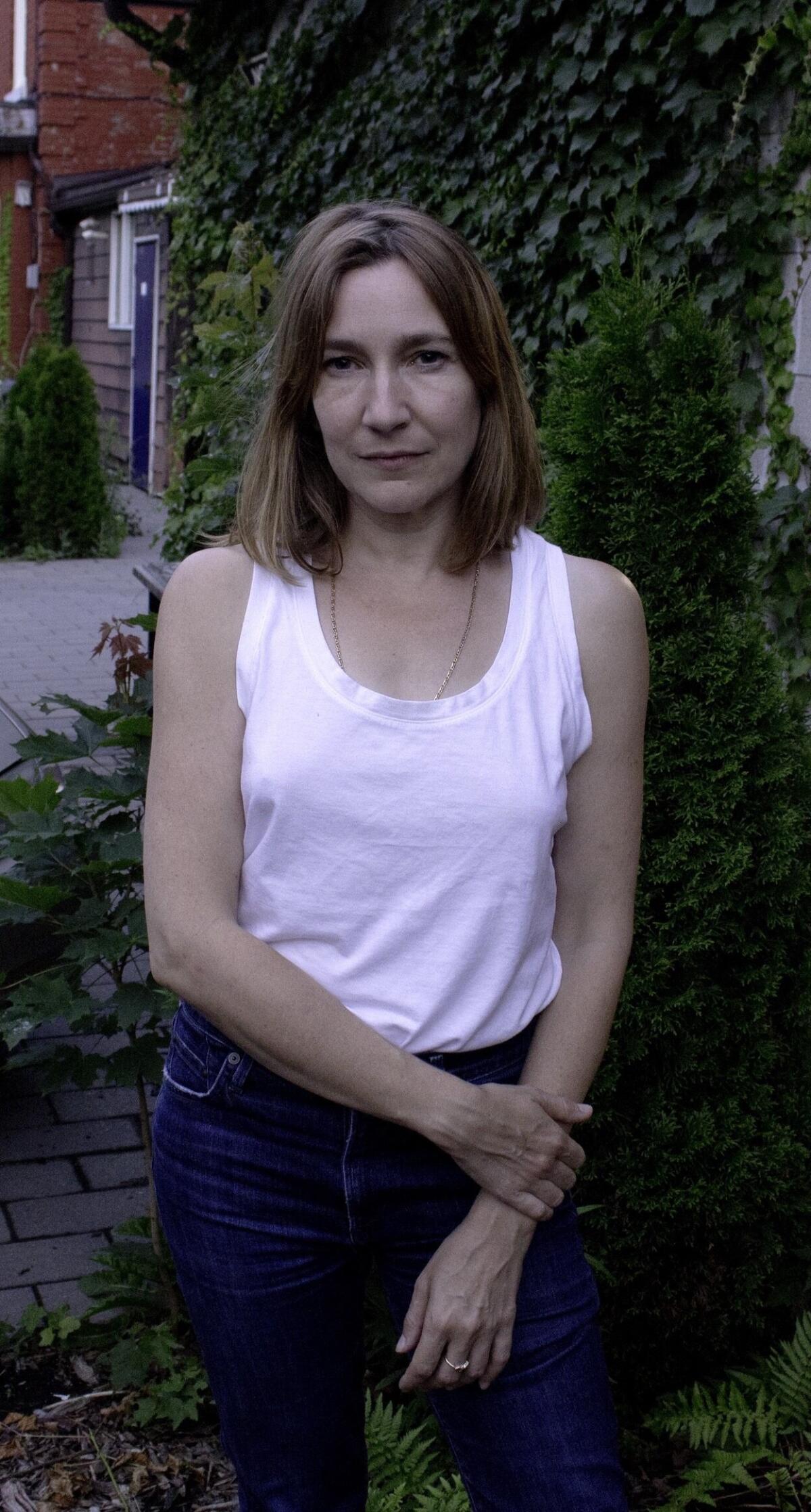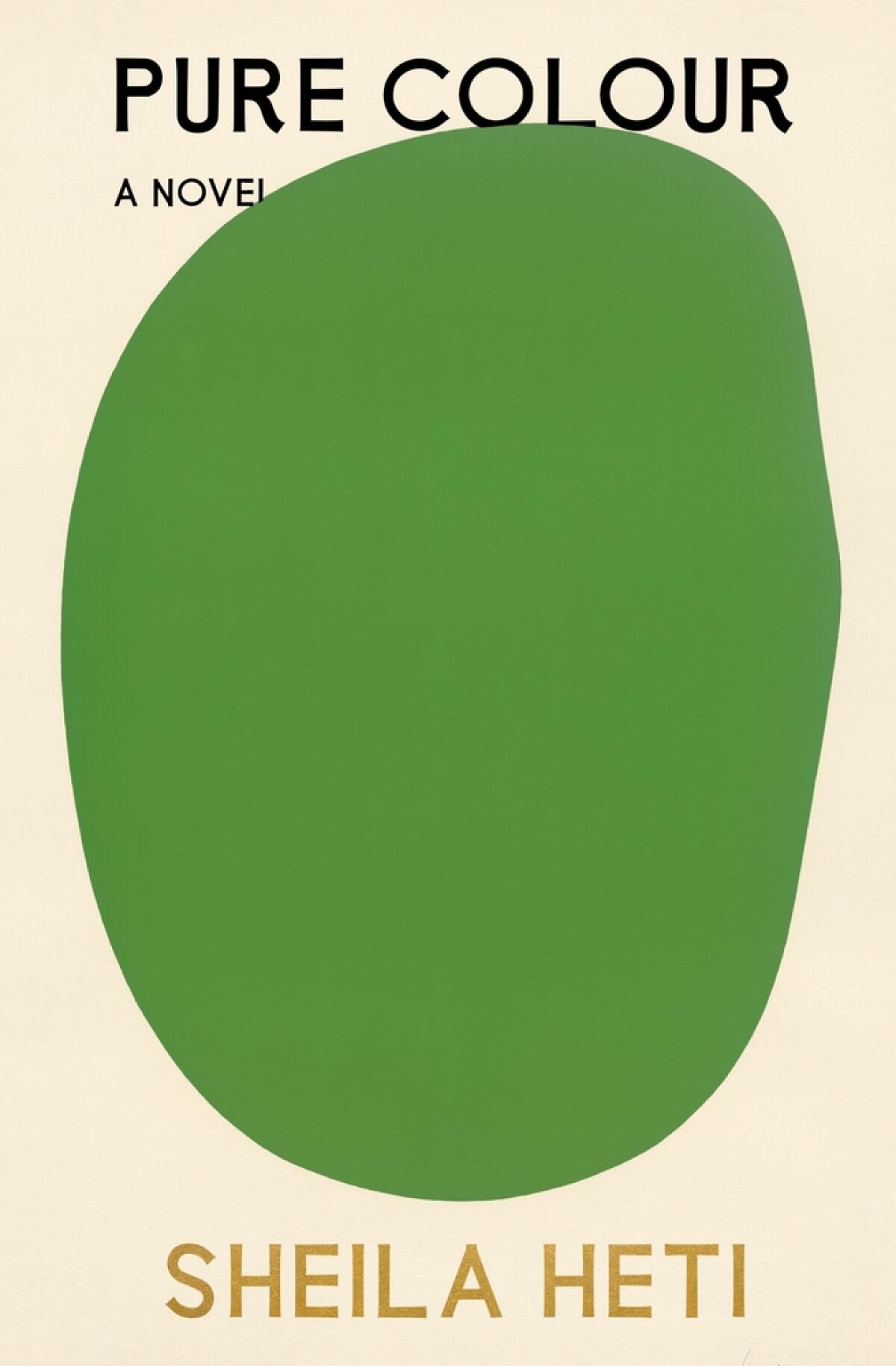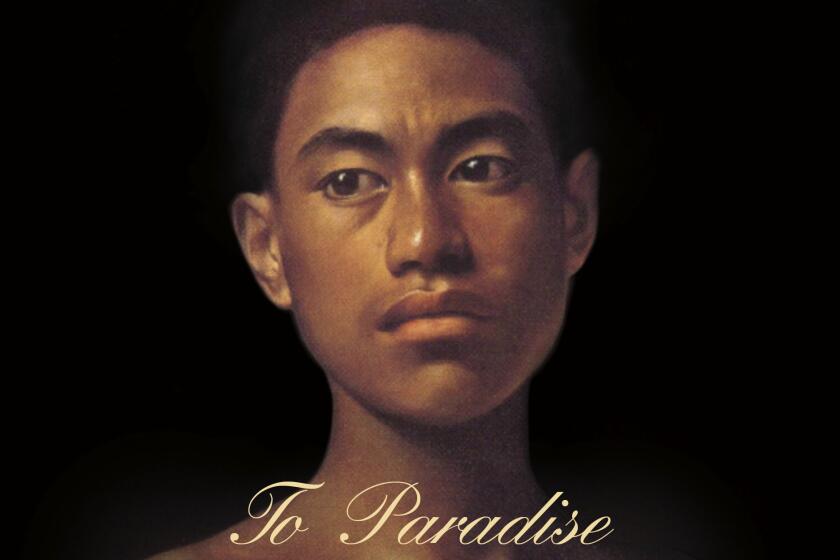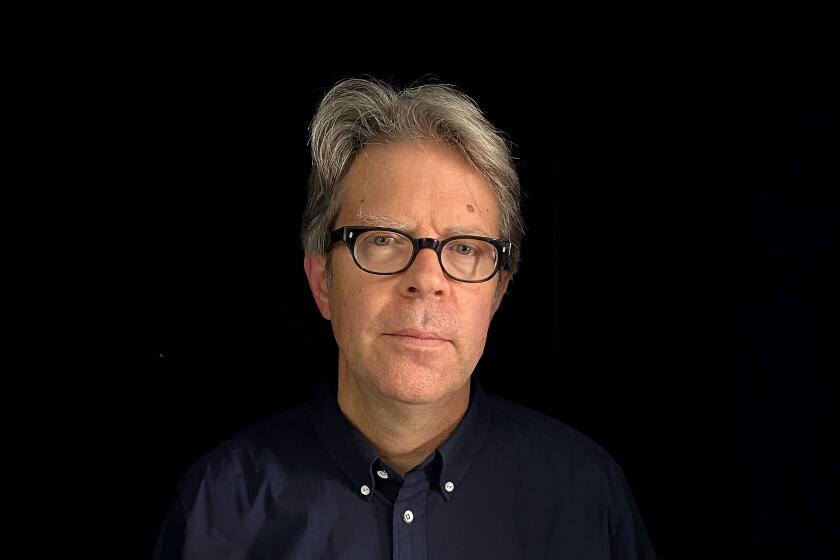Why Sheila Heti’s bizarre new novel is the most timely, urgent book of 2022

On the Shelf
Pure Colour
By Sheila Heti
FSG: 224 pages, $26
If you buy books linked on our site, The Times may earn a commission from Bookshop.org, whose fees support independent bookstores.
A thing I’ve been thinking, reading novels that have been written lately, is, “Do they know? Has anyone told them what’s been going on?” This is not to say it’s the job of the novelist to be timely, which is impossible — a silly thing to try. But the dissonant feeling of reading a major novelist on, say, a 1970s family drama about goodness and church has never been stronger than in today’s burning world.
What comfort, then, to enter the bizarrely relevant universe of Sheila Heti’s new novel, “Pure Colour,” the last sentence of whose first section reads: “But who knows how long or short this world of ours seems from the vanishing point of eternity?” This is not reality, precisely, but that sentence, in this specific moment, felt both true and newly alive in that precise way very good fiction can.
Having deemed this “draft” of life too flawed, God, according to Heti’s fourth novel, is “ready to go at creation a second time.” He therefore “splits, and manifests as three art critics in the sky: a large bird who critiques from above, a large fish who critiques from the middle, and a large bear who critiques while cradling creation in its arms.” People too are split into these categories: The birds “consider the world as if from a distance”; the fish are “concerned with fairness and justice here on earth”; and bears “are deeply consumed with their own.”
This is a sort of allegorical game, of course, but — crucially — an internally consistent one. “Pure Colour” commits to these ideas and deploys them within their own logic: Our main character Mira is a bird, her sometimes-love Annie a fish and Mira’s dad a bear. These unlike beings try and fail and try again to love one another over the course of the novel. The conflicts and tensions among these characters are built on a conceit specific to this book, but they also feel mostly like life.
In Lynn Steger Strong’s ‘Want,’ a writer, teacher and mother faces up to her own privilege and the precariousness of her middle-class life.
The story moves relatively seamlessly through these abstractions and into the everyday of living. Mira works at a lamp store, then goes to school, the American Academy of American Critics: “Just getting in put a certain stamp on your personality and mind. ... They ate croissants and drank tisane. They smoked pot and went to class high. They had few lessons, and the ones that were offered were worthless and out of date.” There is mandated tai chi; Mira makes friends. Mira and her friends fall in love with Annie collectively.
Here again, we skip into something vaguely otherworldly: Mira and her friends hear of Annie, feel the need to seek her out, even before meeting her. (This is before the internet, which feels like a magic all its own.) There is no question about why or how they have all have fallen for her, nor how they even know her. This feels at once uncanny and also just the way young people move through feeling, like a school of fish following a magnetic charge.
Time passes. Annie leaves and the friends separate. Mira’s father dies.
Plot is not the reason we keep reading Heti’s novels. Although to say so also shortchanges their artistry. All of them have shape, accrue meaning and momentum over time. (I’m thinking here of the yellow dress in “How Should a Person Be?” The “I Ching” in “Motherhood.”) In this novel, we track both Annie’s presence and her absence. We track Mira’s birdness and the tensions it creates. We track the death of her father and the movement of his spirit once he’s left this earth. We track God, trying to make sense of what he’s made.
‘To Paradise,’ Yanagihara’s follow-up to the trauma-filled blockbuster ‘A Little Life,’ works hard to addict readers but shirks the hard work of empathy.
If Annie is not quite fully formed, this feels a part of the project: She’s an orphan; everyone’s in love with her. She disappears for pages, then shows up just in time to pull Mira from her grief. She’s a psychologist when “psychologist” is the exact thing that Mira has been thinking about (arguing about it with her father’s spirit). She is later a hospice nurse near the end of Mira’s life. She does not ever feel like a real person, but then neither do lots of people we interact with fleetingly. Neither, for that matter, do those we worship or use as catalysts, especially if we are the kind who identify as bird.

Also like Heti’s other novels, “Pure Colour” is as much about making art as it is about living. It’s about the contradictions and complexities inherent in trying to do both at the same time. “Perhaps God shouldn’t conceive of creation as an artwork, the next time around; then he will do a better job with the qualities of fairness and intimacy in our living,” Heti writes. But then he wouldn’t be an artist.
Mira is a bird, a critic and an artist, and as a result not always good: “The heart of the artist is a little bit hollow. The bones of the artist are a little bit hollow. The brain of the artist is a little bit hollow. But this allows them to fly.” And later, “To properly love another one — this is the stumblingest part of her, the most nonsensical part, the part of her that is most scattered and always to blame.”
In this vein, the moment of Mira’s father’s death functions as a breakthrough. While also tragic, it gives her an opportunity briefly to inhabit the earth, to be less artist or bird, more human or bear: “Only once in her life, lying in bed with her dying father, was she actually where she was, and not imagining she was somewhere she would rather have been.”
Kate Zambreno’s process is rumination and frenzy. That’s how she completed “To Write as if Already Dead,” an homage to the late writer Hervé Guibert.
It also feels worth noting how much this book is propelled by not knowing, how it lingers and repeats itself instead of constantly bounding forward. It seems we’ve hit a point when the two highest compliments you can give a novel are that you read it in a single sitting and it hits all its beats, but this book achieves neither of those things. Instead, it made me reconsider what the particular container of the novel might hold inside of it: It dawdled and meandered; it talked about God as if he were real and sentient and actually in charge.
I’ve long thought many of our greatest writers circle the same idea over and over, but it gets richer, more complicated as they get older, as they work to stretch and reconsider form. If this book is a continued examination of Heti’s long-held obsessions — how to be and also how to make things; how to capture the texture of living without destroying your actual life — it is also a more mature take on those questions, more settled and retrospective. There’s more grief and earnestness, less sex. It feels both as thrillingly inventive as she’s ever been and also defiantly and satisfyingly middle-aged.
One of the reasons it’s so hard to talk about — to make art about — the world right now is because of how small our own grief feels, how minor: Maybe our kids won’t ever get to take off their masks or see coral reefs or get off Zoom; maybe we won’t get to be in the rooms as our parents die. Where and when do those small sadnesses feel allowed in the face of all the Big Sadness around us? But that’s the whole thing, and that is Heti’s genius: how fully she is able to show us that the tragedy of the world is all those minor losses gathering force. A single woman and her single loss, formally recast and sanctified within art, is also about all of us, mourning the whole world at the same time.
Strong is a critic and the author, most recently, of the novel “Want.”
His new novel, ‘Crossroads,’ is extraordinary, immersive, even fun. But it makes you wonder what Franzen might accomplish if more were at stake
More to Read
Sign up for our Book Club newsletter
Get the latest news, events and more from the Los Angeles Times Book Club, and help us get L.A. reading and talking.
You may occasionally receive promotional content from the Los Angeles Times.










